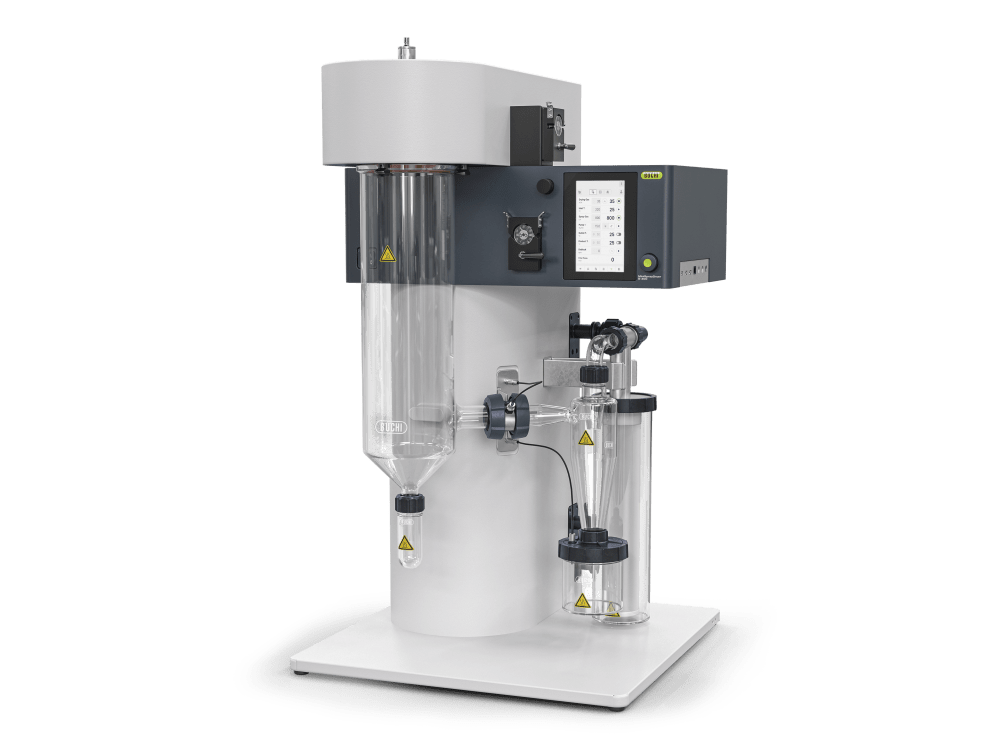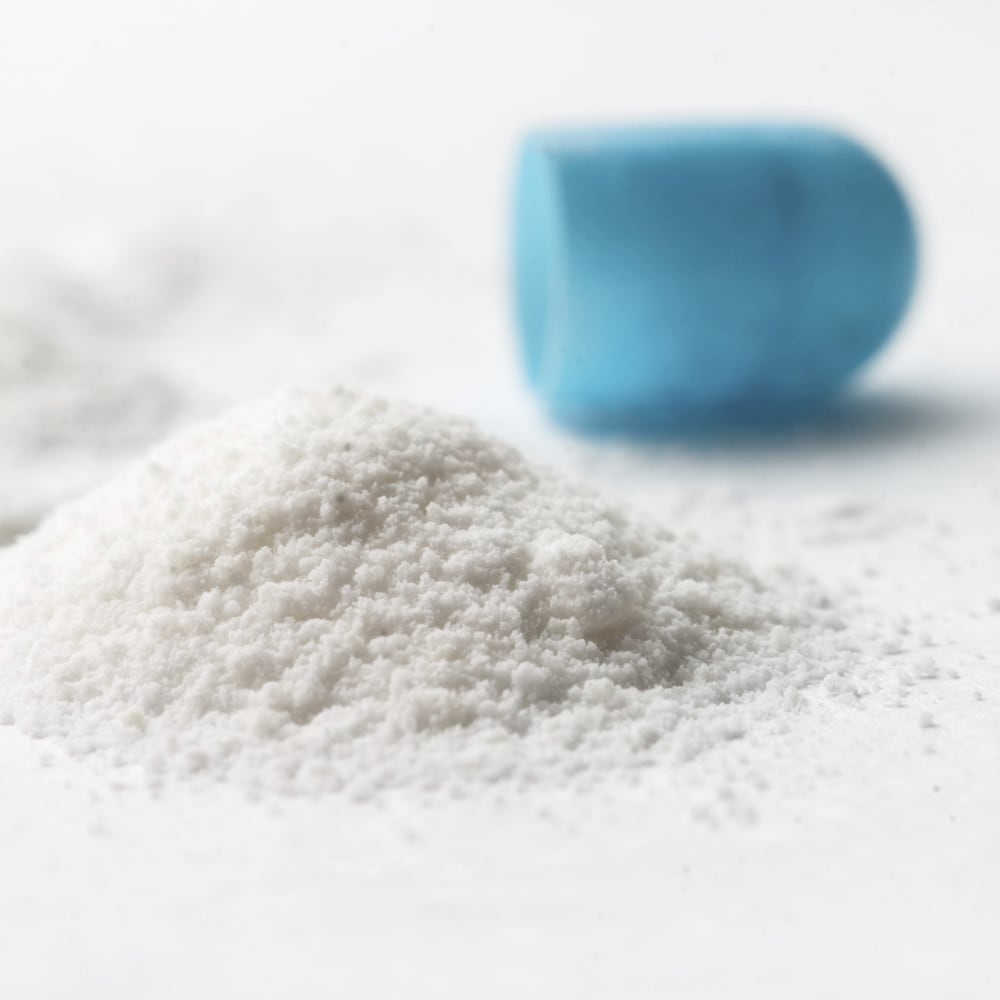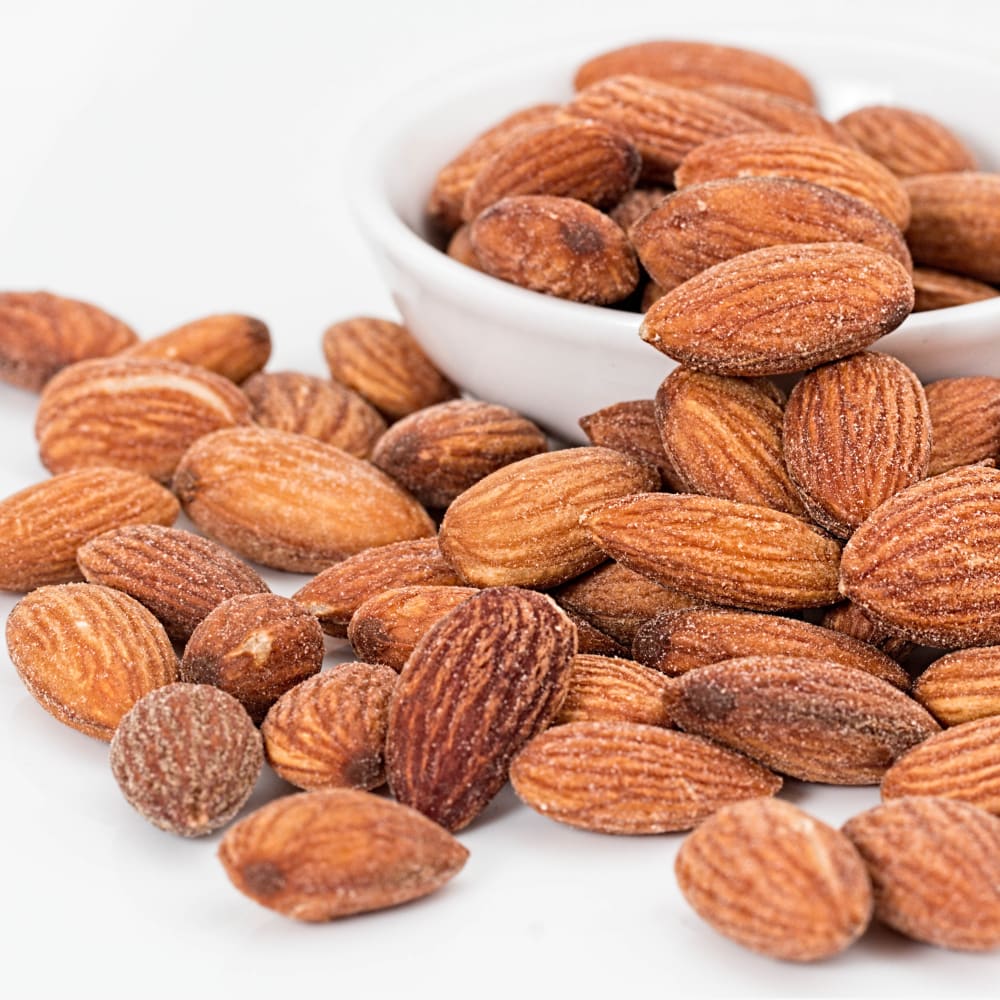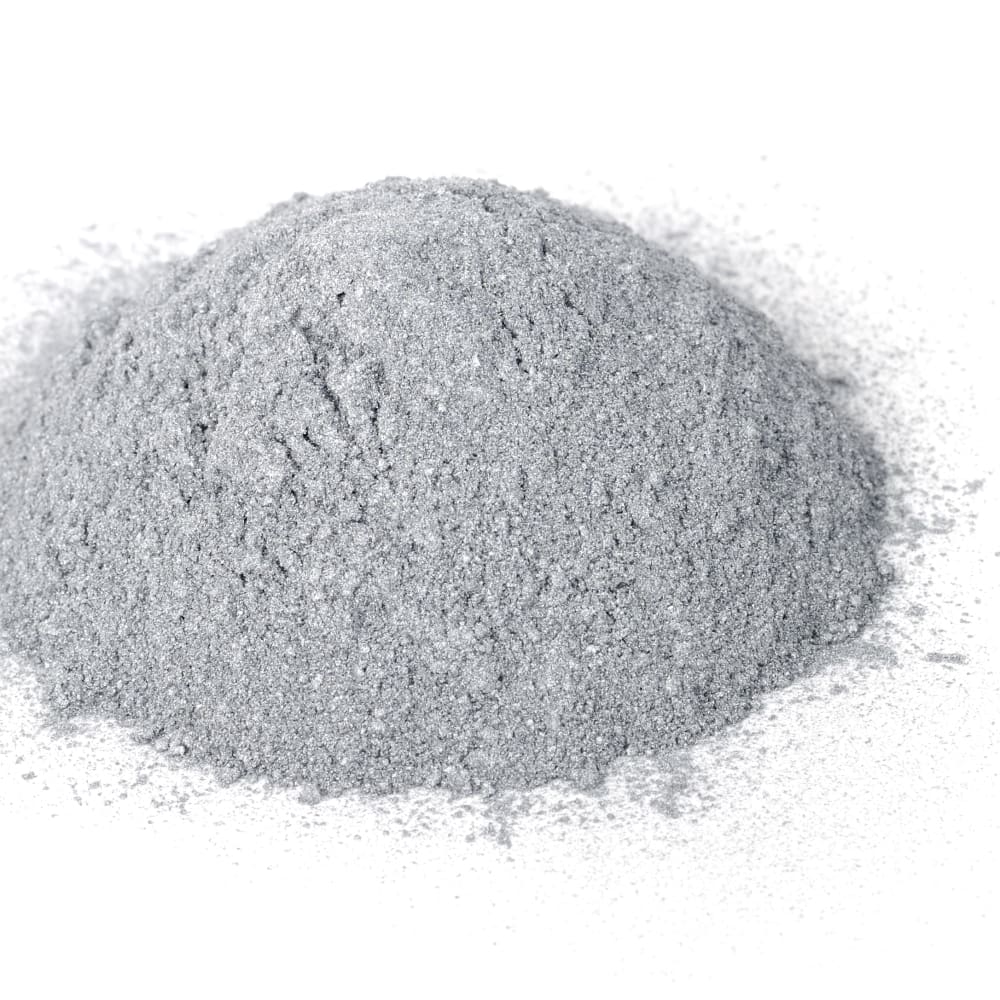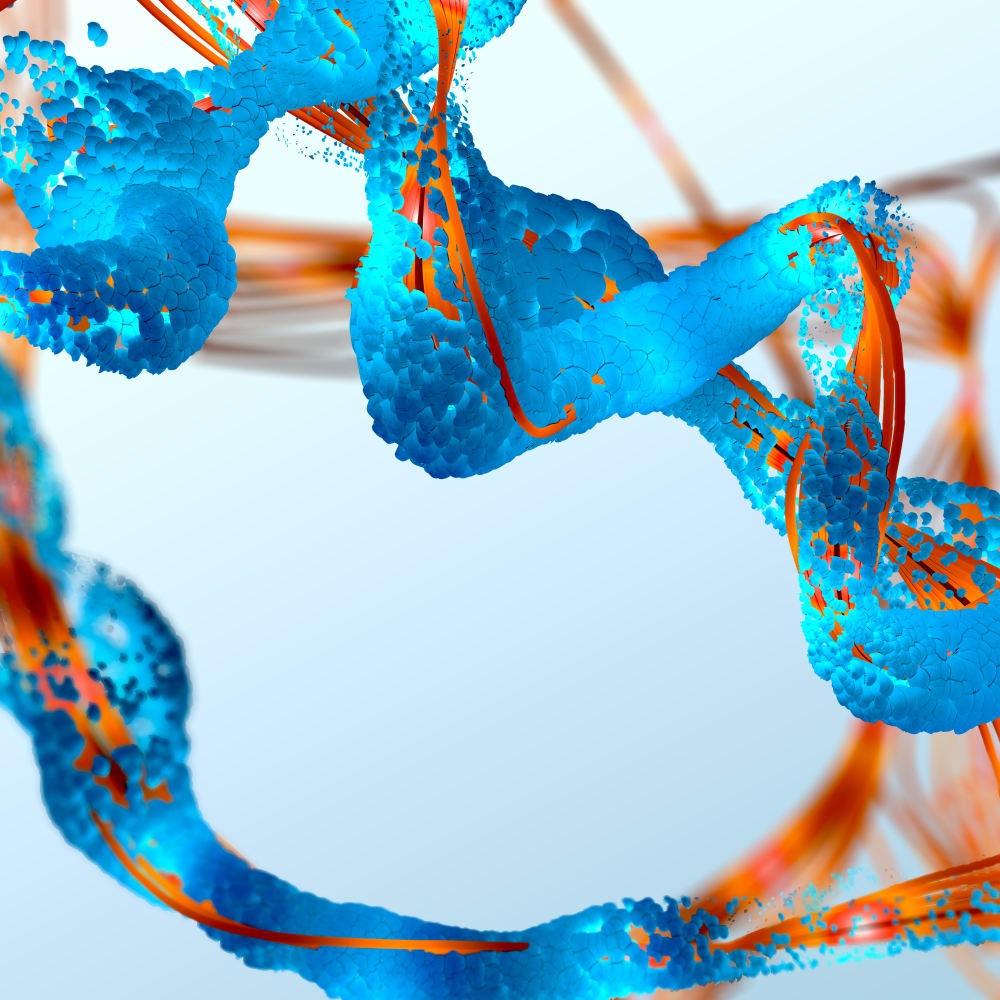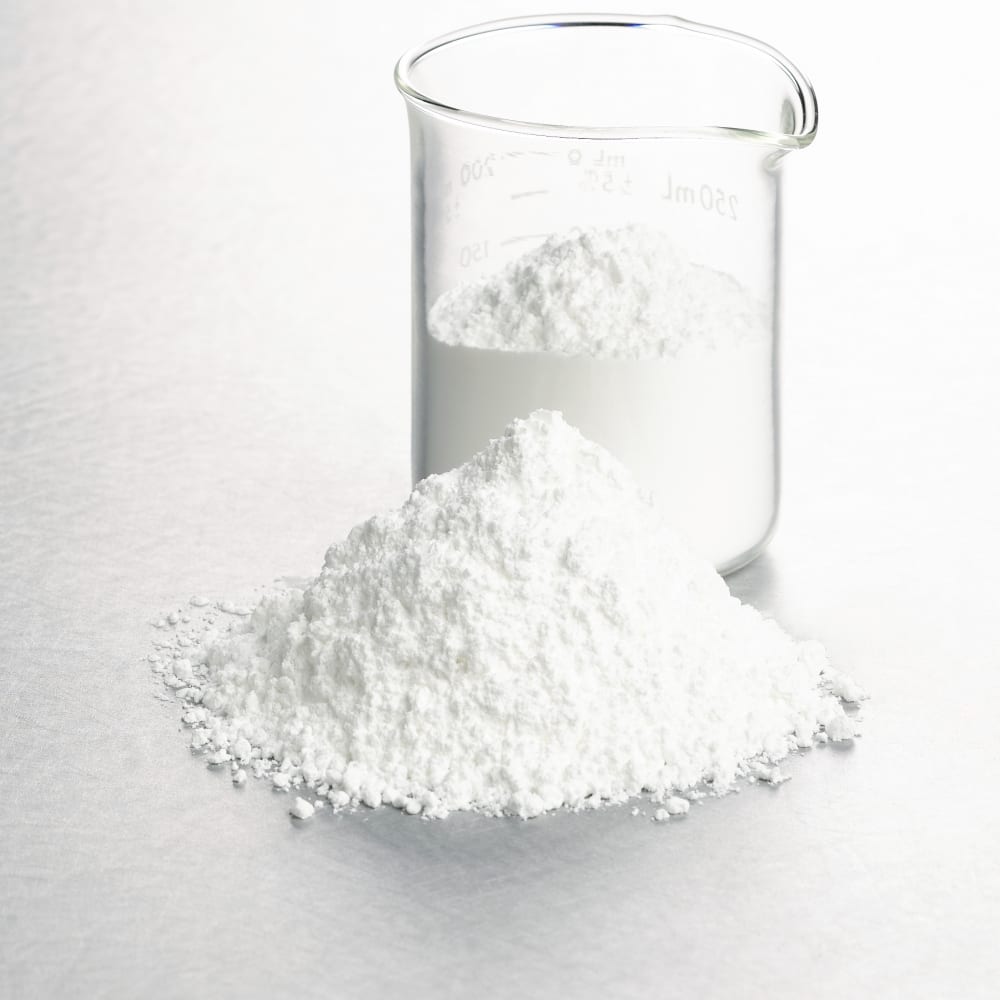Spray Drying of (Bi,Pb)-2223 superconducting ceramic
Application Note Mini Spray Dryer B-290 (Bi,Pb)-2223 superconducting ceramic
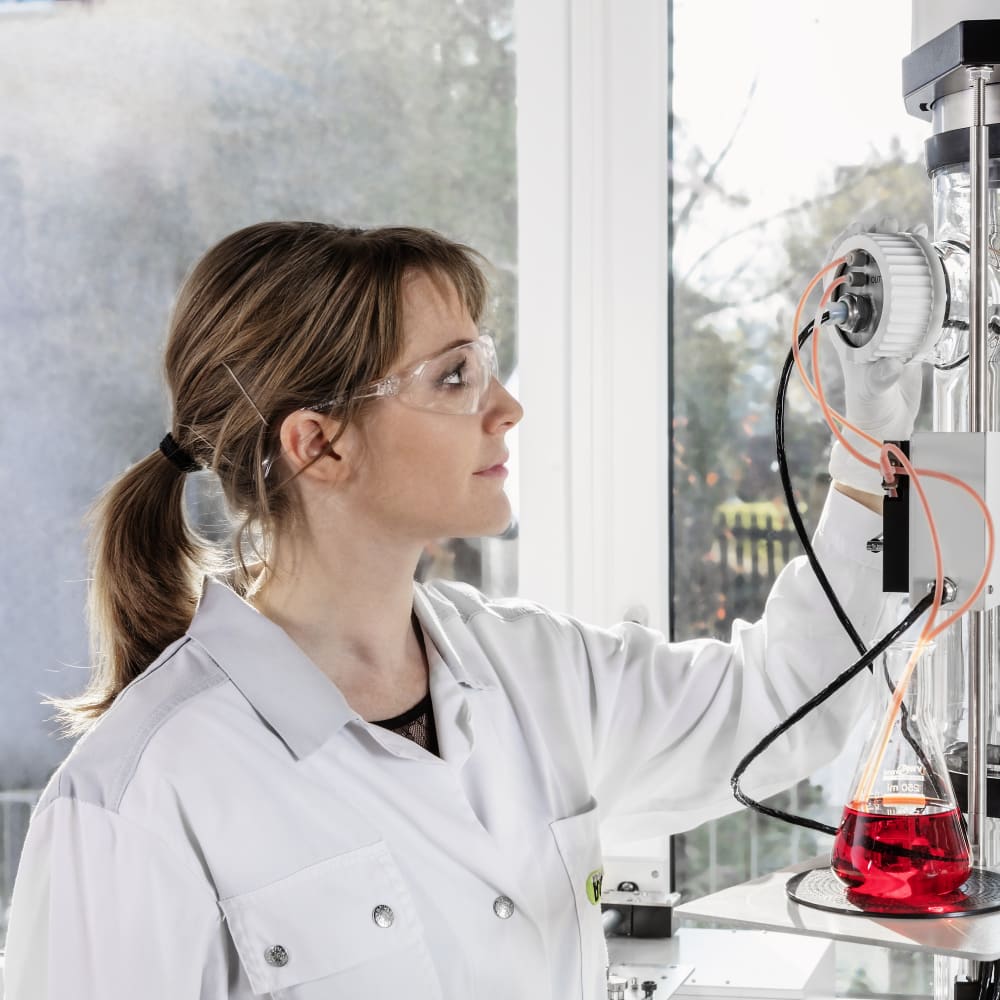
(Bi,Pb)-2223 is a high-temperature superconducting ceramic material that has garnered significant attention in the field of superconductivity. Spray drying is a technique that has been explored for the production of (Bi,Pb)-2223 powders, offering advantages such as improved homogeneity, particle size control, and ease of handling.
The areas of focus in spray drying of (Bi,Pb)-2223 superconducting ceramic include optimizing the process parameters, such as the inlet and outlet temperatures, atomizer type, and feed rate, to achieve the desired particle size distribution, morphology, and composition of the powder. Additionally, research has been conducted to evaluate the impact of different additives and processing conditions on the sinterability, superconducting properties, and mechanical strength of the (Bi,Pb)-2223 ceramic.
Moreover, spray drying has been investigated as a method for producing (Bi,Pb)-2223 precursor powders, which can be further processed through subsequent heat treatments to obtain the desired superconducting properties. The spray-dried precursor powders can provide enhanced homogeneity and reactivity, facilitating the formation of (Bi,Pb)-2223 superconducting phases.
The application areas of (Bi,Pb)-2223 superconducting ceramics include the development of high-performance superconducting wires, tapes, and devices for various fields, such as power transmission, energy storage, and magnetic resonance imaging (MRI). Spray drying of (Bi,Pb)-2223 offers a promising approach for improving the fabrication process and performance of these superconducting materials, contributing to the advancement of superconductivity technology.
Please see the application note No. 689 for starting parameters, formulations and some results.
